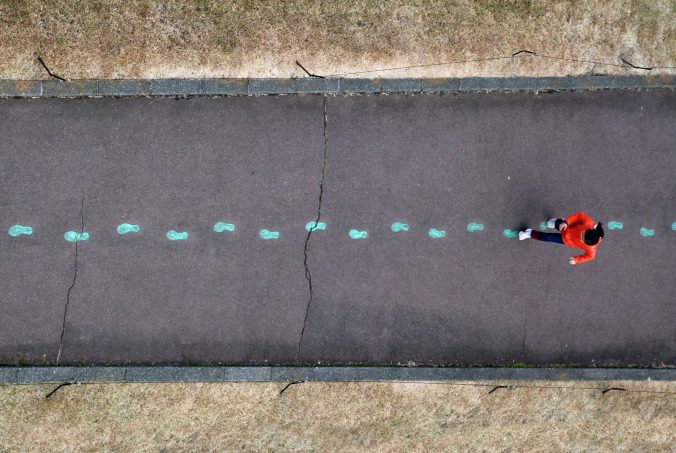My PLN is essential in helping professional post-course of individuals since its constituted of members who have different knowledge about particular issues. Effective PLN derives members from social media, a more accessible medium enabling essential discussions (Giudice et al., 2013, p. 53). Having members with different knowledge in a PLN helps to complement each other and adds the value of information to the group (Maryland Educator, 2016). Members of my PLN facilitate professional development post course by having knowledge abilities in business, professional opportunities, and relationships. The benefits of my PLN are that members come from different cultures around the globe. It is vital to have a world view when constituting a PLN using social media while focusing on the local impact to benefit from the knowledge of every group member.
My PLN can be anticipated to open professional opportunities because of the diversity of members in the group. Since members know different areas of expertise, it is easy to get information that gets used for professional opportunities. The PLN I am involved in emphasizes looking at issues from a local to international perspective to cover issues affecting society effectively. Members in my PLN come from different careers making discussions to be professional, and members can benefit from a wide range of information. My PLN provides open professional opportunities through social media by focusing on diversity.
Maintaining a global perspective while focusing on the local impact is essential while building a PLN utilizing social media to use all group members’ pooled expertise fully. Networking with a world view and focusing on local impact in PLNs helps to compare and contrast problems and ideas affecting society. PLNs must concentrate on macro and micro issues to be practical on members’ knowledge. Compiling any PLN must include members with different expertise and abilities to display local and global views.
References
Giudice, M. D., Peruta, D., & Carayannis, E. G. (2013). Social media and emerging economies: Technological, cultural and economic implications. Springer.
Maryland Educator. (2016, October 6). A Global PLN – Supporting One Another [Video]. YouTube. https://www.youtube.com/watch?v=QAHi7aHpvc0

Recent Comments